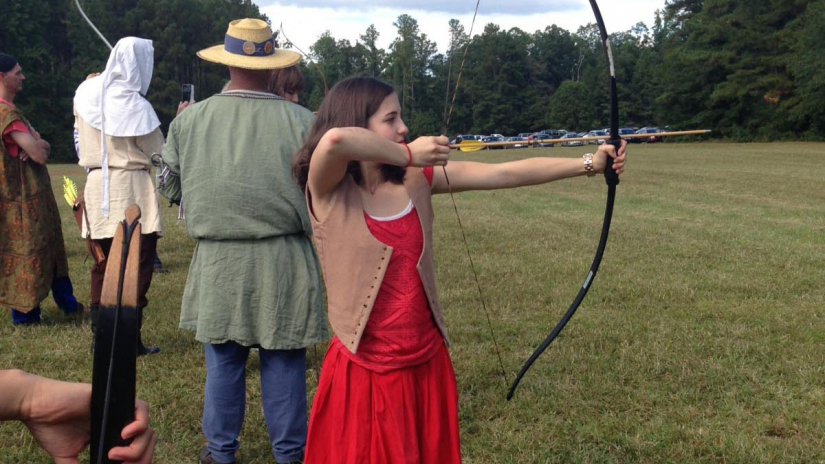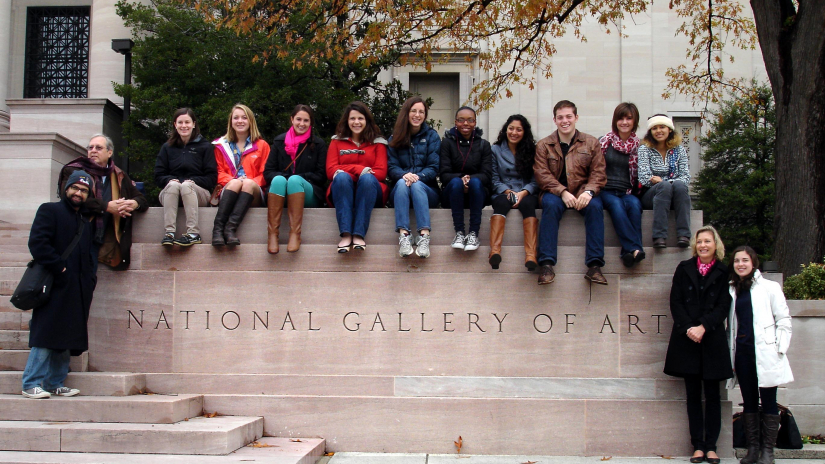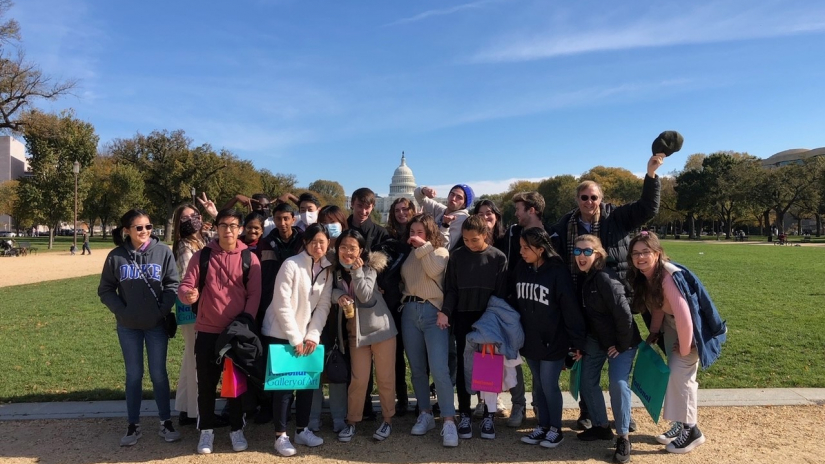Science, Invention, and Imagination in the Renaissance
Overview
Science, Invention, and Imagination in the Renaissance explores the dynamic intersections of art, science, and literature in one of history’s most transformative periods. This cluster investigates how Renaissance thinkers challenged traditional boundaries and reimagined concepts of humanity, creativity, and discovery. Through literature, historical figures, and groundbreaking ideas, these courses delve into the Renaissance as a pivotal era of innovation and inquiry. Students will examine how debates on sex and gender shaped Renaissance culture, exploring texts and artifacts that reveal the era’s fascination with the human body and its societal implications. From medical treatises and political pamphlets to poetry and theater, these materials shed light on evolving notions of identity, power, and life itself. How did Renaissance thinkers grapple with the questions of what it means to be human, non-human, or something beyond? How did they articulate ideas that still resonate today? The cluster also highlights the enduring influence of early modern literature on later works, focusing on how authors of the 19th century remixed Renaissance ideas to address topics like science, gender, and psychology. By reading across time periods, students will see how texts enter into dialogues that transcend centuries, enriching our understanding of both past and present. Lastly, the cluster considers extraordinary figures like Leonardo da Vinci, Paracelsus, Galileo, and Maria Sibylla Merian, whose polymathic achievements blurred the lines between disciplines. By studying their works—alongside rare manuscripts, illustrations, and artifacts—students will uncover how art and science coexisted as complementary forces in shaping the modern world. This cluster invites students to reflect on the Renaissance’s lasting impact on how we think about creativity, knowledge, and the intersections of art and science, encouraging them to probe deeper connections between history and contemporary life.
Courses
Italian/ Romance Studies 208FS/ Medieval and Renaissance 250FS/ GSF 251FS - Bio-Lit: The Science of Renaissance Sex and Gender (IJ)

Kate Driscoll, Assistant Professor of Romance Studies
What is a woman? What is a man? Did Renaissance minds ever think of other options? Could women be intellectuals? Were male bodies necessary for reproduction? What fictions of bodies circulated? Where, for whom, and why? Much as it does still today, talk of sex and gender sparked hot debate throughout Renaissance Europe. Between the fourteenth and seventeenth centuries, bodies both fascinated and terrorized minds and forms of power. This course studies "Bio-Lit" (literature about life and the body), drawing on Renaissance epic and lyric poetry, conduct manuals, medical treatises, political pamphlets, recipe books, experiment logs, cosmetic how-to guides, paintings, theater, and early opera. We will contextualize early examples of premodern feminism, anti-feminism, misogyny, and prejudice compared to models today.
History 190FS/Medieval and Renaissance 190FS - Renaissance Doctors, Engineers, and Scientists (IJ)

Thomas Robisheaux, Fred W. Shaffer Professor of History
This course explores four extraordinary Renaissance careers. At first glance each of them may seem to fit into a kind of profession that seems familiar to us: an engineer and artist (Leonardo), a doctor (Paracelsus), a scientist or natural philosopher (Galileo) and a naturalist and book illustrator (Maria Sibylla Merian). Each of them helped shape the modern science, medicine and technical design, leaving an extraordinary legacy in notebooks, treatises, letters, drawings and paintings. What did each one contribute to the extraordinary changes in science, medicine and/or technology during the “Scientific Revolution”? What did they share in common? What can they teach you as you begin to figure out your own career and professional interests and life path? An “Archives Alive!” course, this seminar meets in the Rubenstein Rare Book and Manuscripts Library where students are introduced to and work regularly with first editions of books, treatises, drawings and other materials published or produced in the Renaissance. Students learn how to handle rare books, understanding paper, the printing process, the features of a book that tells us about publishing, marketing, distribution, and purchasing books during the print revolution of the Renaissance.
Medieval and Renaissance 190FS - Renaissance Remixed, (HI)

Camey VanSant, Senior Assistant Director of Undergraduate Admissions at Duke University
The Creature in Mary Shelley’s Frankenstein compares himself to Milton’s Satan from Paradise Lost. Pip attends a (bad) production of Hamlet in Charles Dickens’s Great Expectations. Early modern British literature has influenced, informed, and animated (and haunted) some of the most famous works written in English. In this course, we will read major works of early modern British literature as well as later texts invoking them, with a focus on the nineteenth century. As we will see, later authors do not simply copy and paste from their Renaissance predecessors. Rather, they “remix” them, so to speak, entering into a complex conversation with them on topics that matter today—from the relationship between science and religion, to issues of gender, to psychology. As we consider how these texts talk to each other—and to us—students will develop their skills in close reading and research, preparing them for college courses in many disciplines.








